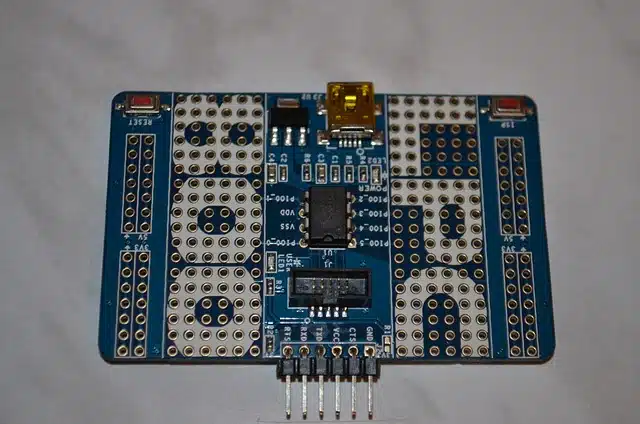
Firmware includes the instructions that establish the primary logic that controls a device's circuitry.
The set of instructions of a computer program that is registered in a ROM, flash or similar memory is known as firmware . These instructions establish the primary logic that controls the circuits of some type of device.
This term has its origins in the 1960s. More precisely, we can state that it was used for the first time in 1967 in an article that Rudy Meléndez published in the magazine "Datamotion" .
Firmware, whose name refers to firm programming, is part of the hardware since it is integrated into the electronics , but it is also considered part of the software as it is developed under some programming language . It could be said that the firmware functions as the link between the instructions that reach the device from the outside and its various electronic parts.
Firmware Features
Specifically, we can establish that the firmware of any technological device basically fulfills three clear functions. Firstly, it manages to give the system in question the fundamental operating and response routines with respect to the usual requests that it receives and must satisfy the user.
Secondly, it is clear that another of its missions is to establish a simple and comfortable interface so that, in this way, the configuration of the system can be quickly and easily undertaken through the use of a certain series of parameters.
And finally, thirdly, another of the most important functions that all firmware undertakes is to control and manage both the boot of the device system and the corresponding initiation.
Microprocessors, printers, monitors, and memory chips are some of the devices that have firmware. An example of firmware is the computer 's BIOS program , which starts working as soon as the machine is turned on.

Memory chips and processors have firmware.
Classification according to type
We can establish that there are three clearly differentiated types of BIOS that are classified based on the method used to record them:
ROM . It is recorded at the time the chip is created and its information can no longer be modified.
AVG . It works similarly to ROM class memories but can only be written once.
EPROM . It works like the aforementioned ROMs but has the novelty that it can be erased and written as many times as deemed appropriate.
Firmware updates
The architecture of a computer is made up of different layers with different levels of abstraction. The hardware is the base and then the firmware appears. The assembler , the kernel , the operating system and, in the end, the applications follow one another on top of it.
It should be noted that the user generally has the possibility of updating the firmware of a device to solve errors or increase its performance. These updates, however, are risky since if a failure occurs in the process, the device may stop working.
Updating the firmware does, however, offer several advantages: it can allow, for example, a CD burner to increase its speed from 48x to 52x.
